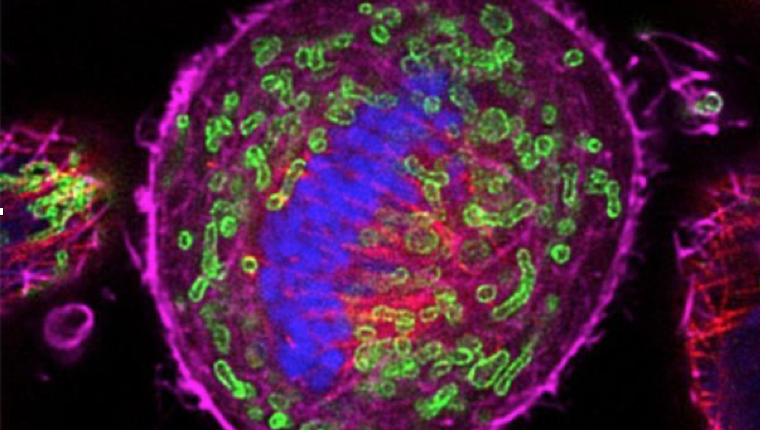
Scotland’s most powerful microscope unveiled
It is expected to open up new approaches to treating cancer, Alzheimer’s, Parkinson’s and more.
It can see things 10 times smaller than previous light-based microscopes. In fact the term “nanoscope” is more accurate as it can see objects on a nano scale – a few billionths of a metre across.
The microscope does it by breaking the limit for light.
The problem is known as the diffraction limit of light microscopy. Because light diffracts – broadly put, when it comes to a corner or an aperture it bends around it – there is a theoretical limit below which a light microscope cannot focus.
And yet here at the Edinburgh Super-Resolution Imaging Consortium (Esric) we are looking at an image previously thought impossible.
The nanoscope has also produced detailed 3D images of myelin, the insulation coating our nerve fibres. That offers a unique insight into how multiple sclerosis develops.
The microscope can even allow scientists to watch insulin at work. That could open new avenues in diabetes research.Other promising areas of research include cancer, Alzheimer’s and Parkinson’s. Better treatments and perhaps even prevention may be possible.
But its potential goes beyond life sciences.
Materials scientists are already using it to look at new plastics. Others are studying the structures of microprocessors.
One group is even putting space dust under the system’s lasers and lenses.
Esric is a joint facility of Heriot-Watt and Edinburgh universities. Much of the £1.2m cost of the new microscope has come from the Wellcome Trust biomedical research charity, with its builders Leica Microsystems also weighing in.
To read the full article and watch the video, click here.